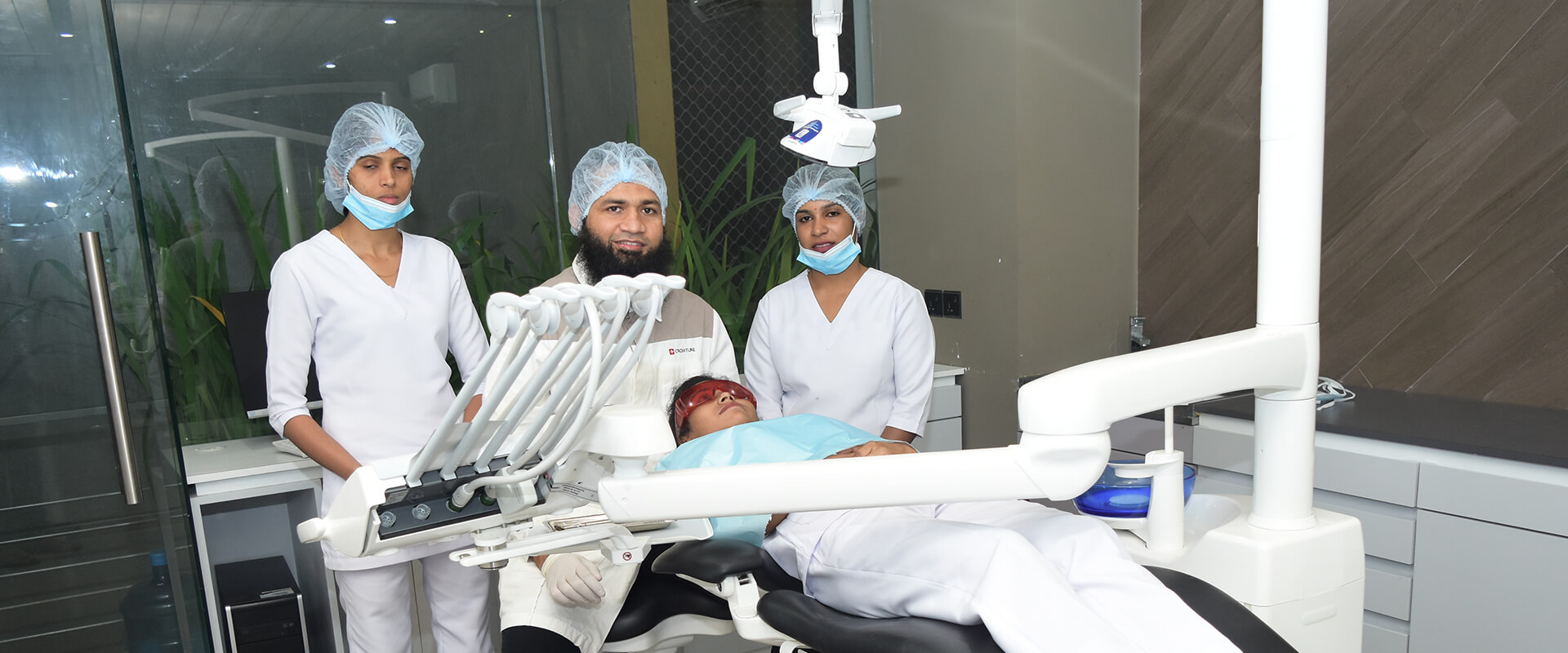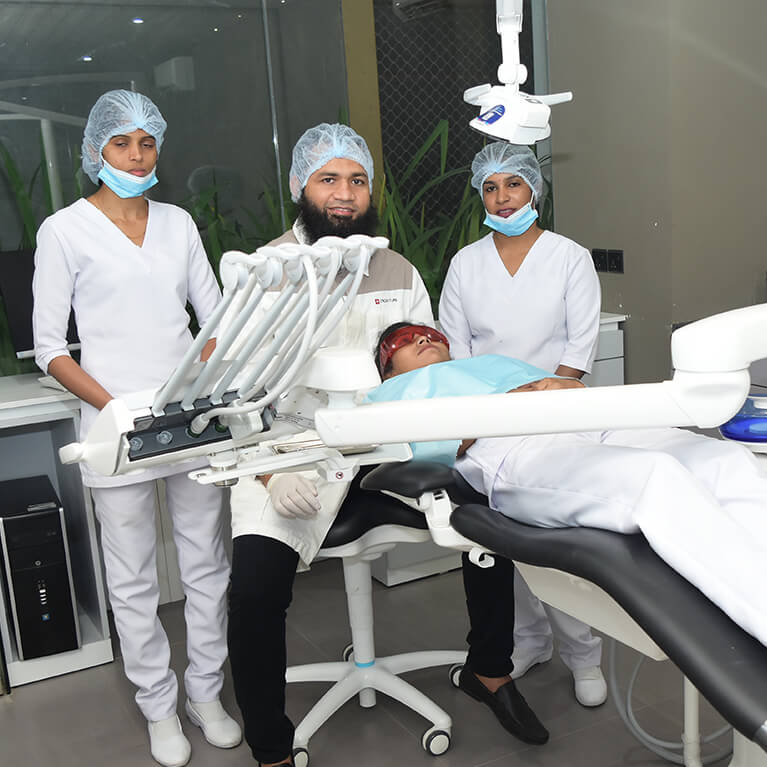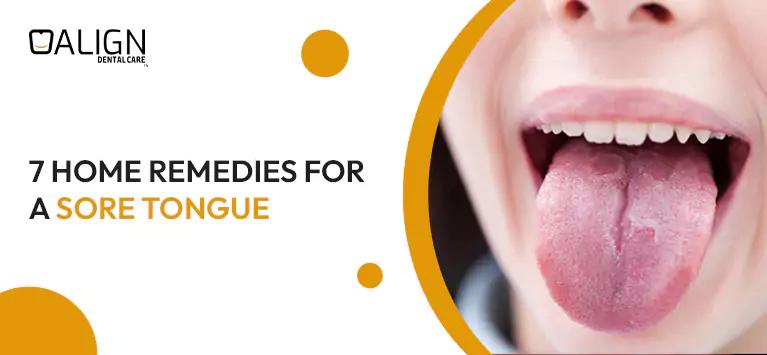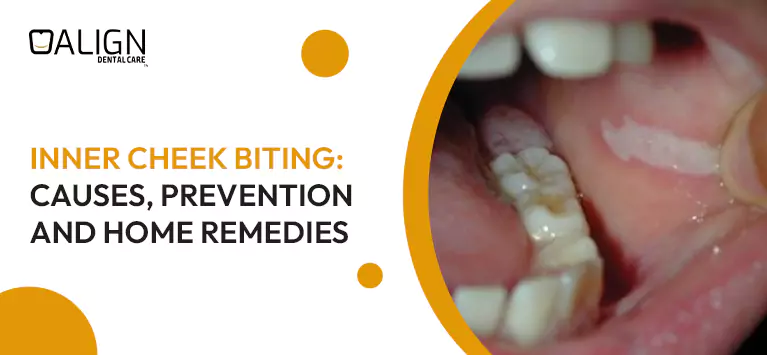
What is meant by crown lengthening?
Crown Lengthening is a surgical procedure that is performed to expose the tooth surface by cutting down the excess gums and at times shaving the bone. It is recommended for both cosmetic solutions, especially treating gummy smiles and certain oral health problems.
Keep reading to know more about this standard treatment in detail. We have described its advantages, possible complications, and aftercare instructions.
When do dentists recommend crown lengthening?
People with more gum tissue have a problem (.e.) they have more than 3 millimeters of exposed gums. It makes their gum line look uneven and teeth appear short, leave them with an unpleasant smile.
Removing the excess gum tissues and sometimes bone tissues helps to reshape the gums to increase the amount of the tooth’s visible surface.
Besides the cosmetic concerns, crown lengthening is also needed at times to restructuring teeth. For instance, restoring a misshaped tooth that has insufficient tooth structure with dental crowns or dental bridges is a tedious thing. Likewise, untreated cavities also toughen treating the tooth with fillings. Exposing the tooth’s surface present above the gums will support the installation of those appliances.
In simply, crown lengthening treatments require to treat the following problems:
- Treat cavities beneath the gum line
- Restoring a tooth with an inadequate structure
- Extended and uneven gum line that affects your smile
- Treat decay under the existing fillings or crowns
What will a dentist do during the crown lengthening procedure?
Generally, Periodontists – Dentists who specialize in gum disease treatments perform this procedure. The duration of the surgery is determined with various factors like the tooth bone, proximity of root, length of the tooth root, position of the infected tooth.
The dental specialist takes care of preparing you based on their presurgical analysis using X-rays to remove the infection if exists.
Then the dentist cut the gums under sedative administration to pull away the gum tissues. In the meantime, the underlying bone tissue has to be removed or reshaped. It is then followed by washing the surgical area with saltwater before making sutures.
Depending on a patient’s oral condition and the excessive tissues in gums, an oral surgeon prefers any of the following crown lengthening treatments:
- Gingivectomy – Removing the gum tissues using a scalpel, electrocautery, or laser. Gingivectomy ensures a faster recovery (i.e.) the gums can heal within 4 to 6 weeks.
- Apically repositioned flap surgery – A flap of tissue is created with an incision made in the gums. Then the flap is lifted to extract the extra gum tissues. Now the dentist makes sutures and the surgical site is covered with bandages.
- Surgical extrusion – It is preferred when dentists found cracks in a tooth underneath the gum. This procedure involves moving the problematic tooth to a different location in the gum and using wires to anchor the tooth.
What should you do after the procedure?
When the sedatives wear off after the surgery, you will sense the pain and it lasts for a few days. The prescribed painkillers and specialized mouth rinses will aid you to get rid of the pain.
Remember that you should follow the aftercare instructions prescribed by your dentist following the surgery. It is because the surgical area in gum is susceptible to infection and you encounter possible difficulties like bleeding, teeth sensitivity, and a sense of loose tooth if the bone is reshaped.
Here is the list of common things dentist recommend to speed up healing after crown lengthening:
- Cold Compress
- Maintain a soft diet
- Don’t eat hot foods for the first 24 hours
- Take OTC medications
- Brush your teeth gently
- Avoid smoking and drinking for at least 10 days following the surgery
This is a common dental procedure and is recommended to address cosmetic and oral concerns. Typically, it can be performed in a single dental appointment but its success rates depend on how well you care about it following the surgery.














